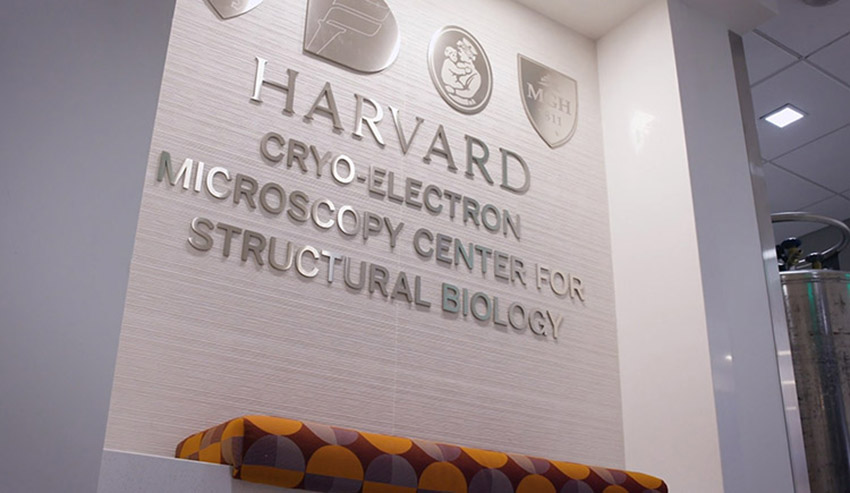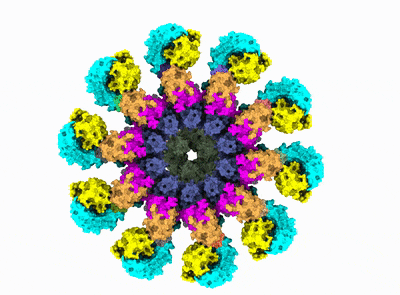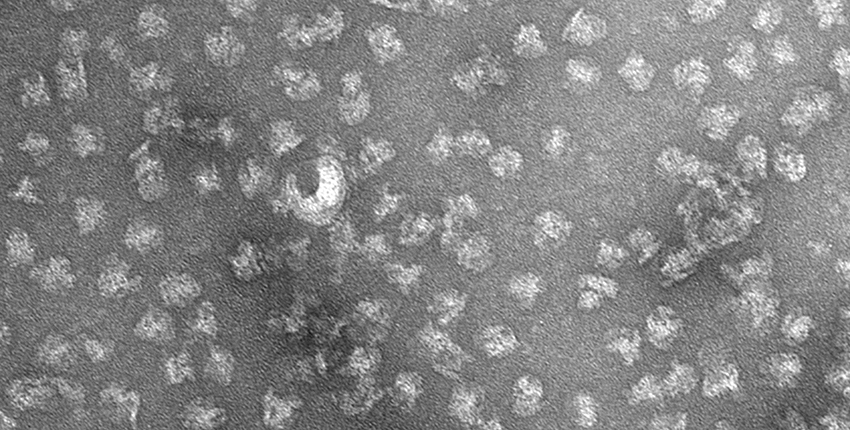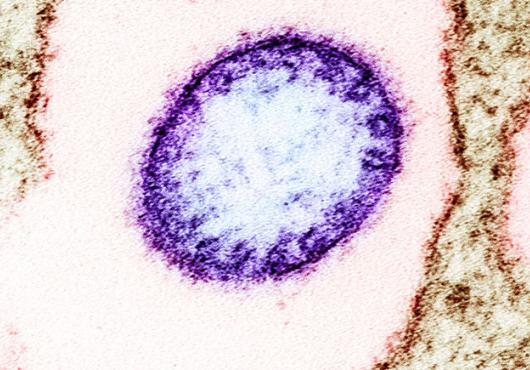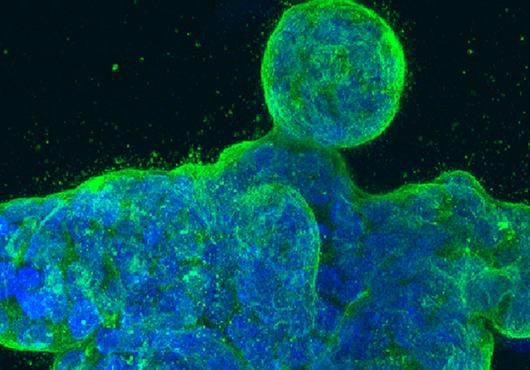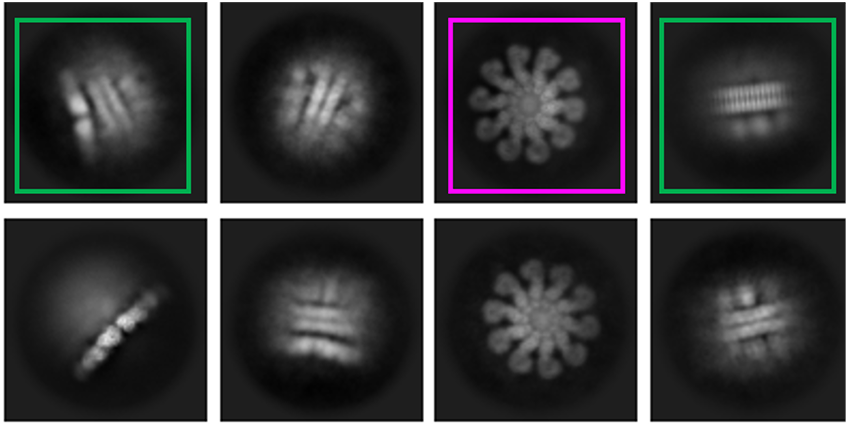
Researchers in the lab of Harvard Medical School structural biologist Hao Wu have deciphered the step-by-step assembly of a molecular complex that’s crucial for fighting off infections but can also give rise to myriad diseases involving inflammation, from gout to Alzheimer’s to the cytokine storms of severe COVID-19.
The findings, published in Nature on Nov. 28, forge a path for researchers to develop drugs that regulate the complex’s formation and activity to treat or prevent the diseases it’s linked to.
When viruses or bacteria enter the body, NLRP3 molecules inside white blood cells known as macrophages detect cell damage caused by the invaders and spring into action.
The molecules then somehow link with other proteins to form inflammasomes: disk-shaped structures that sound an alarm for the immune system to attack and tell infected or otherwise damaged cells to self-destruct.
Science & Medicine, Delivered
Harvard Medicine magazine in your inbox
